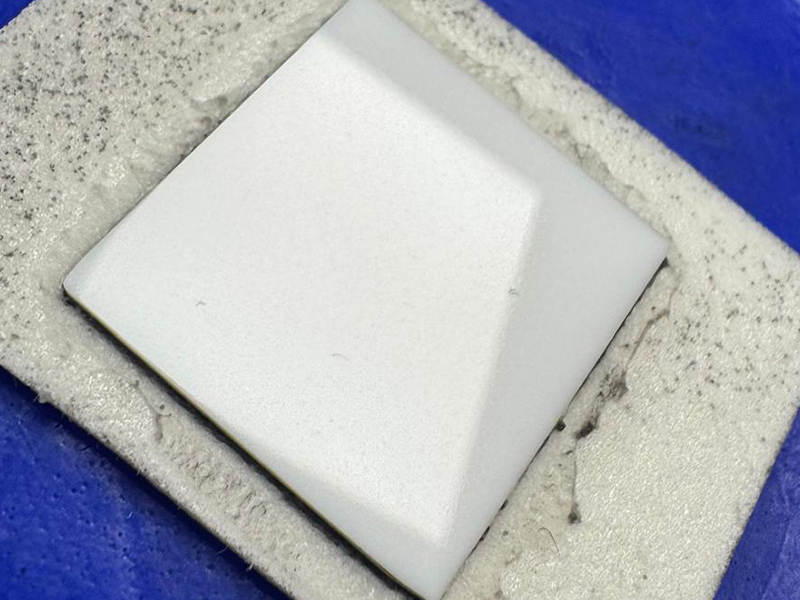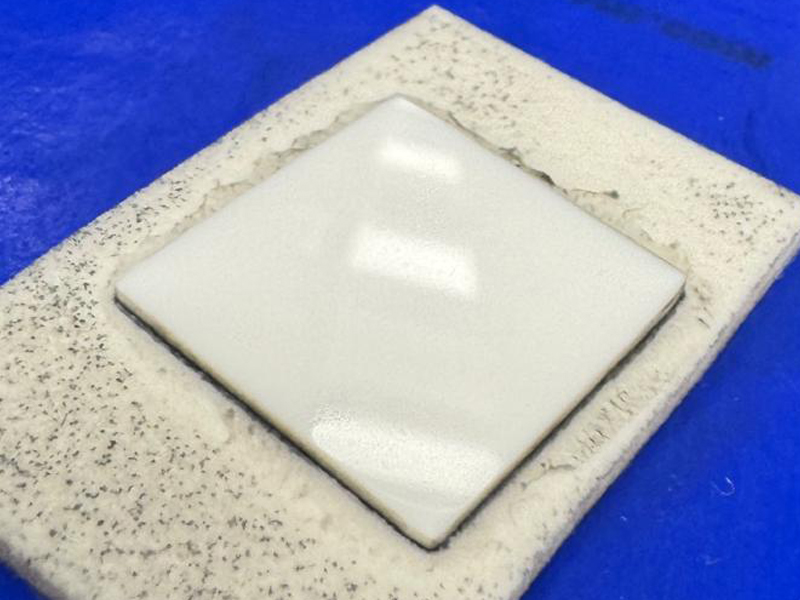Achieving Ultra-Fine Surface Finish on MACOR Ceramic with Kemet’s Advanced Polishing Process
MACOR, a machinable glass-ceramic material, has traditionally posed challenges in achieving superior surface finishes. Historically, processes relying on Cerium or Alumina slurries have been standard, but they involve high consumable usage and significant waste generation. Kemet has introduced an innovative solution leveraging specialised composite plates, diamond slurries, and polishing pads to streamline the process and minimise environmental impact.
Kemet's Two-Stage Polishing Process
Stage 1: Kemet Copper SP2 plate in conjunction with Kemet Liquid Diamond. This combination provides the foundation for achieving an initial surface refinement.
Stage 2: ASFL polishing pad and Kemet Diamond Suspension, delivering precision polishing and achieving the final surface finish.
Results and Performance
Targeted Surface Finish: 1 microinch / 0.0254 micron (Ra)
Achieved Surface Finish: 0.48 microinch / 0.0123 micron (Ra)
The process significantly exceeds the targeted surface finish, offering remarkable smoothness and precision.


Advantages of Kemet's Process
The Kemet polishing methodology offers several key advantages over traditional approaches. The use of composite plates and diamond-based slurries reduces polishing time while delivering superior results. Reduced consumable usage translates to lower operational costs. The process generates significantly less waste compared to Cerium or Alumina slurry-based methods, aligning with sustainable manufacturing practices.
Kemet's innovative approach to polishing MACOR glass-ceramic sets a new standard for efficiency, performance, and environmental responsibility. By achieving an ultra-fine surface finish with minimal waste, this process addresses both technical and ecological challenges, making it a preferred choice for industries requiring precision machining of MACOR.
